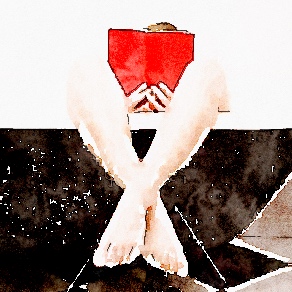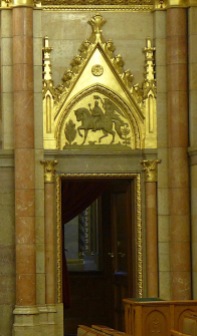Should we admire or despair of those single-minded people who dedicate themselves to the pursuit of a pet obsession? Who put what we’d consider a ‘normal’ life on hold to disappear into the wilderness spending years in research?
I’m talking about the likes of Milman Parry, who traipsed around the remote mountains of pre-WWII Yugoslavia for a decade, recording folk songs in an attempt to gain an insight into the oral tradition as surviving since the time of Homer… Or Walter Muir Whitehill, who, similarly obsessed, spent nine years in Spain at around the same time, discovering and cataloguing Romanesque churches in the most godforsaken locations. (Both Harvard academics, I notice.) I came across this second one, Muir, while reading Roads to Santiago by Cees Nooteboom.
Continue reading “The View from the Ivory Tower” →

































